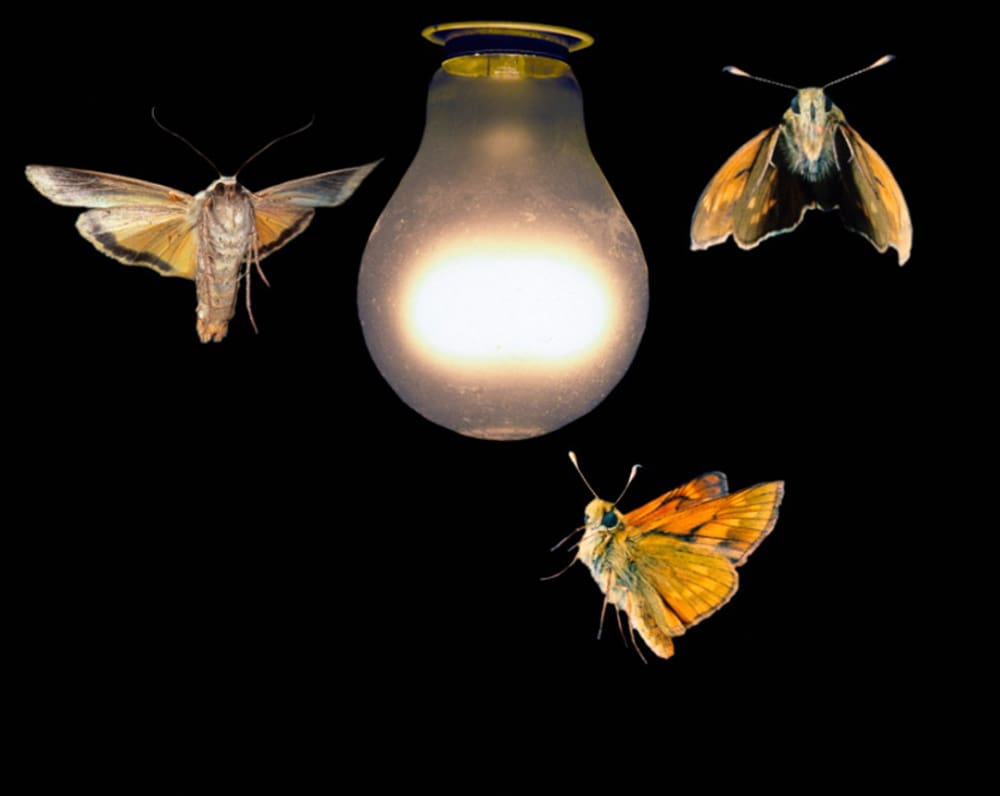Light pollution is an excess of artificial light at night, and it is causing a lot of problems in our world. It causes headaches and sleep deprivation in humans, it is making the stars disappear in the night sky, and it harms the animals in our ecosystems that evolved to live in dark nights.
Dark Sky International is an organization that is devoted to reducing light pollution. They have a lot of info, check them out!
Did you know, warmer-colored, dimmer lights are better for your eyes and for the skies?
Starry Skies North is a lot like Dark Sky International, but they are centered around Lake Superior and have a lot of local information.
According to Starry Skies North, about three billion dollars are wasted each year on producing light that serves no purpose (pointing at the sky, not aimed right, illuminating deserted areas, etc.).

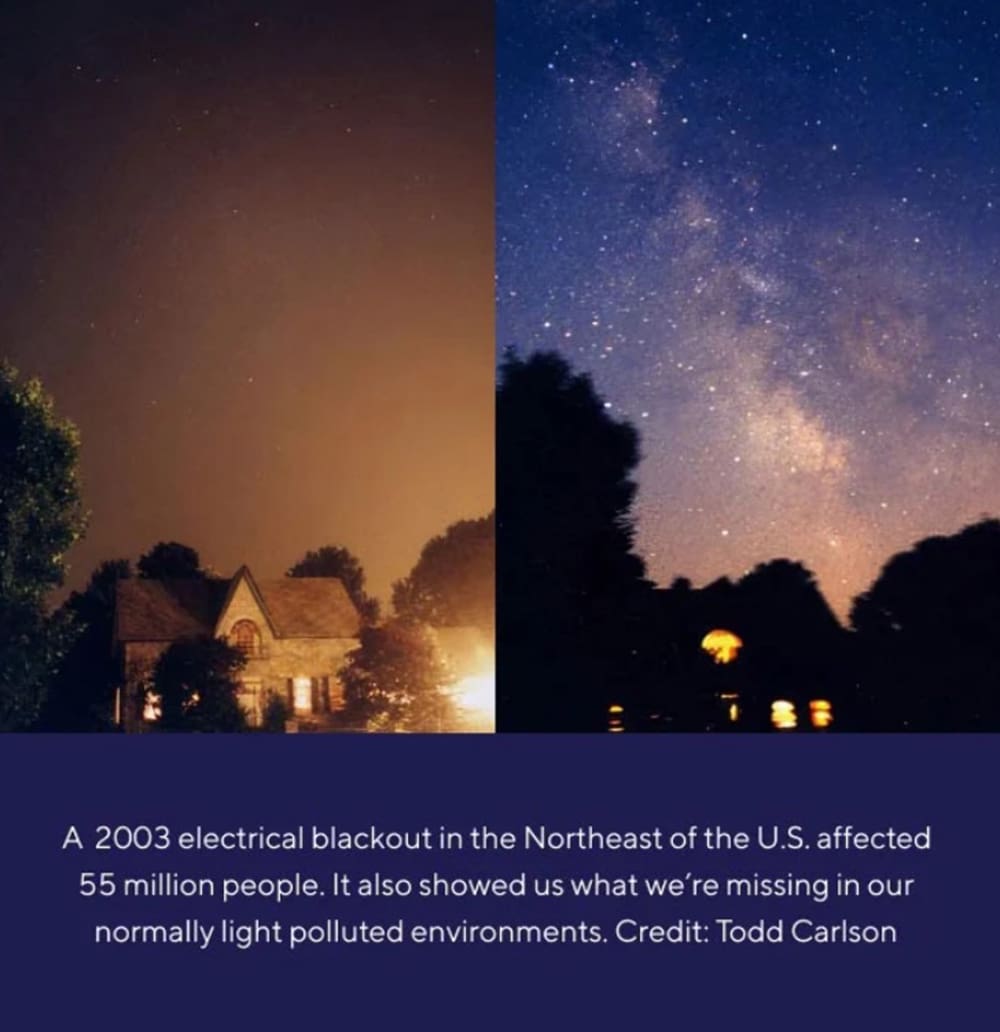
Learn About How Light Pollution Affects Humans
Dark Sky International – Light Pollution Affects Human Health
According to Dark Sky International, light pollution disrupts our circadian rhythm, the natural cycle of sleep and wakefulness that we evolved to correspond with night and day. Too much light at night makes us unable to sleep well, which can increase the risk of mental health problems such as sleep disorders and depression, as well as physical health problems such as diabetes, heart disease, and cancer.
Dark Sky International – Outdoor Lighting and Crime
There are many studies that suggest crime rates are not affected by light. In fact, well-lit streets may make it easier for vandalism and theft.
Learn About How Light Pollution Affects Birds
Everybody has a place or person that is a home in their heart. Even, or especially, the birds. However, every year, millions of migrating birds do not reach their destination thanks to unintentional human interference. Eighty percent of migratory birds travel at night, guided by the stars. Unfortunately, the light from cities both blocks out the real stars and creates false constellations near the ground, misleading and distracting the homesick travelers. Pit-stops in cities cost the birds valuable time, if they even survive the urban dangers of windows and stray cats. And yet, there are a few simple steps you can take to help these birds find their way home.
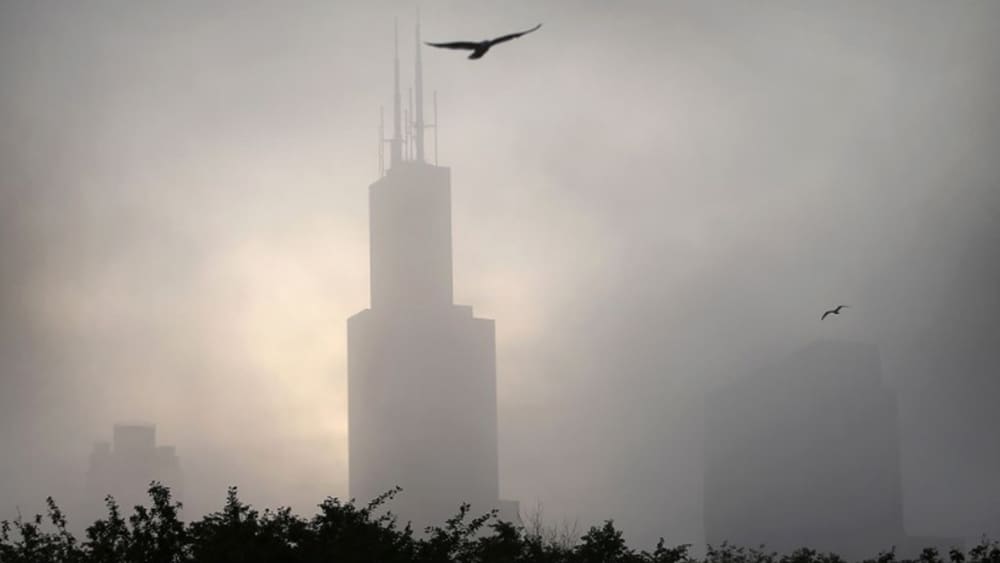
When your lights are off at night, birds are 60% less likely to hit your windows. Light from inside attracts the birds – dark windows are safer. In addition, less city lights means less distractions for migrating birds.
CCN News – Chicago Bird Deaths
Chicago started a dark city program, saving the lives of tens of thousands of birds by shutting off nonessential lights during migration season (the months of April, September, and October).

If you put on bird dots or install bird-safe windows, the number of birds saved jumps to 95%, day and night.
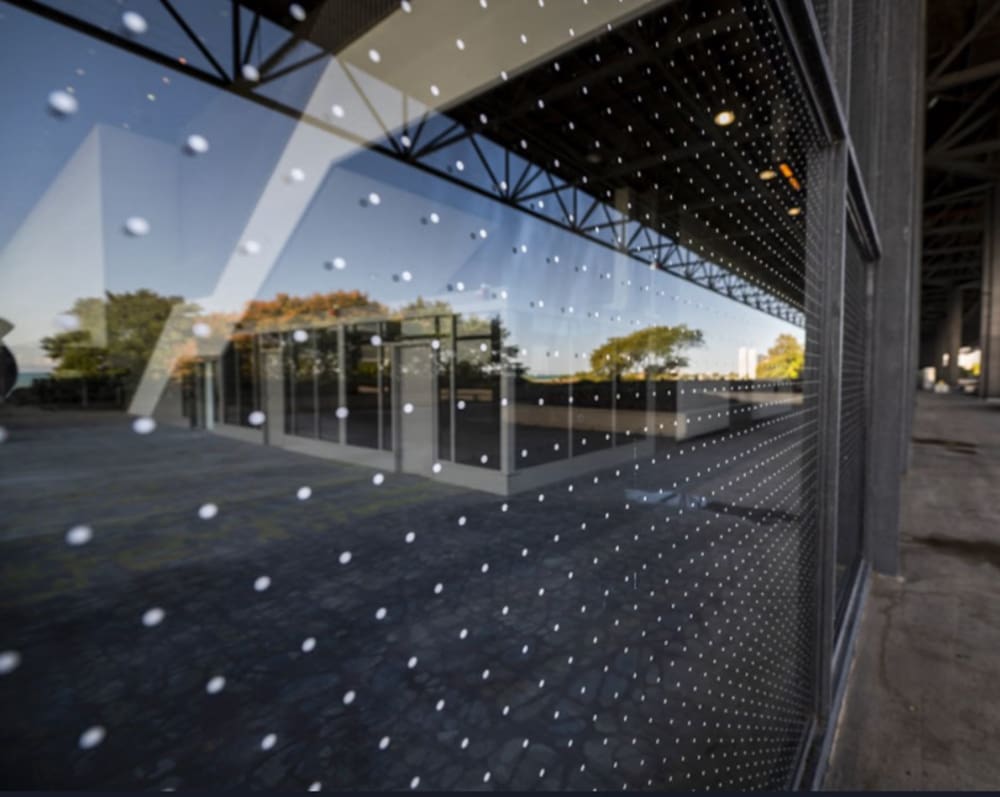
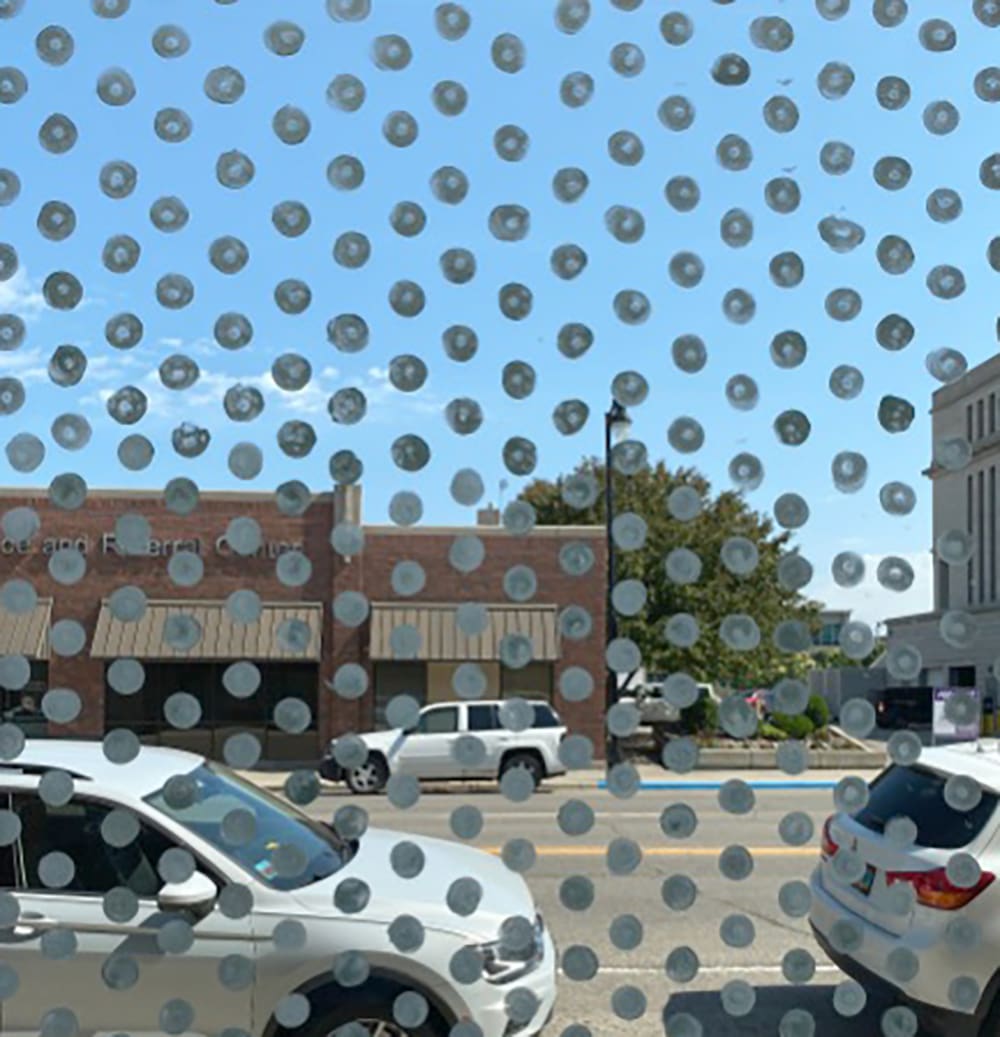
Learn About How Light Pollution Affects Pollinators
BBC – Like Moths to a Flame
This article is a great summary of the problems insects face. It is definitely worth a read, especially if you are unfamiliar with the topic. Moths navigate with their backs to the moon. Streetlights look like fake moons to them, so they spend all their energy flying around trying to keep the light behind them rather than getting food. Many die from exhaustion. This has ripple effects on the whole ecosystem, from the plants depending on the moths for pollination, to all the creatures that would starve without those plants, and the bats that need the moths for food.
US Fish & Wildlife – Dim the Light for Pollinators
The use of artificial light is a serious problem to pollinators and the plants that depend on them. This article mentions multiple studies that found how flowers in areas with light pollution get 60-70% less visits from moths and other night pollinators.
Impact of Light Pollution on Moth Morphology
If you like scientific papers, this is an interesting German study about how moths are affected by light pollution. Because so many are dying, it seems that natural selection is potentially favoring moths with smaller eyes, which then makes it harder for the moths to find food and escape predators.
